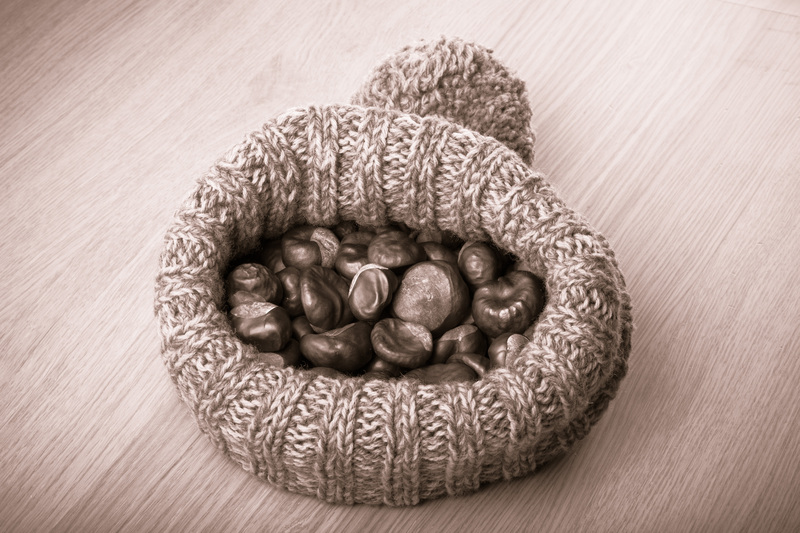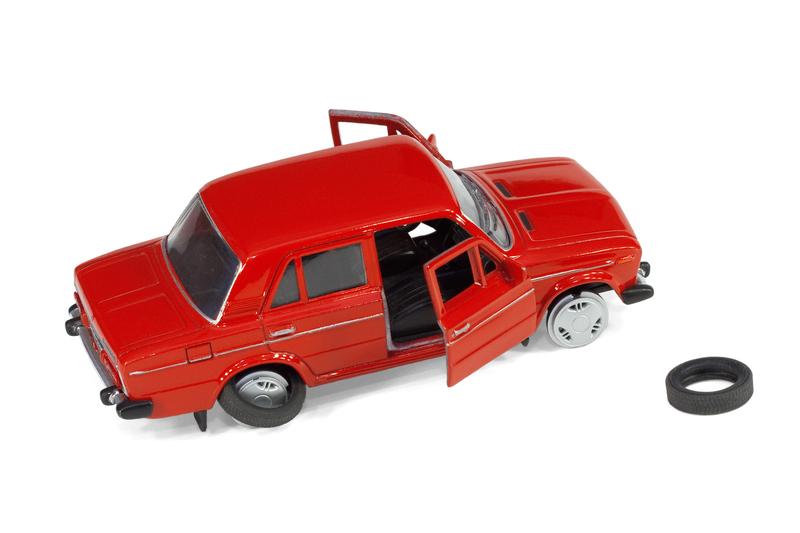Navigate the Challenges of Recycling Nonstick and Aluminum Pans
Every home chef knows the value of sturdy, reliable cookware, and nonstick pans and aluminum pans are among the most popular choices in kitchens worldwide. However, when these household staples reach the end of their lives, you might wonder: How do I responsibly recycle nonstick and aluminum pans? Navigating the intricate world of recycling kitchenware can be confusing due to coatings, construction, and local recycling rules. In this in-depth article, we'll explore the ins-and-outs of recycling nonstick and aluminum pans, practical steps you can take as a consumer, and tips to extend your cookware's lifespan.

Understanding the Challenges: Nonstick and Aluminum Pans
Before addressing recycling options, it's crucial to understand why nonstick and aluminum pans can be tricky to recycle. Here's what sets them apart from ordinary scrap metal:
- Nonstick Cookware: Most nonstick pans are made from aluminum but coated with a synthetic layer, most commonly PTFE (polytetrafluoroethylene, known as Teflon). This coating, while fantastic for cooking, complicates recycling.
- Aluminum Pans: Although aluminum is highly recyclable, pans can have additional layers, handles, or nonstick coatings, making separation essential.
- Food Residue and Durability: Both types can retain residue or be fused with other materials, further impeding standard recycling processes.
The Importance of Recycling Cookware
Why does this matter? Aluminum is one of the most valuable recyclable metals. Recycling aluminum saves up to 95% of the energy needed to create new aluminum from raw ore. Nonstick pans, though more challenging, should be responsibly disposed of to avoid their coatings ending up in landfills or incinerators where they may release harmful fumes.
Are Nonstick and Aluminum Pans Recyclable?
In theory, both nonstick and aluminum pans are recyclable. But not all recycling centers accept them as-is. The challenges lie in:
- Nonstick Coating: Most municipalities won't accept nonstick cookware due to the synthetic coating, which can contaminate batches of recycled metal and emit toxic substances when incinerated.
- Mixed Materials: Riveted handles (wood, plastic, silicone) or layered construction complicate sorting and separation required for efficient recycling.
- Unknown Alloys: Some pans are constructed from layered metals for heat distribution; insufficient labeling can dissuade industrial recyclers from accepting them.
Identifying Recyclable Pans
If you're looking to responsibly dispose of old aluminum or nonstick pans, the first step is to understand your item. Ask yourself:
- Is the pan primarily made of uncoated aluminum?
- Is the coating peeling or scratched?
- Are the handles removable?
- Is my local recycling program equipped to take cookware?
The answers to these questions will help determine your next steps for eco-friendly disposal of cookware.
How to Recycle Nonstick and Aluminum Pans
1. Contact Your Local Recycling Program
The most important first step is checking with your local recycling center or municipal waste services. Many have specific guidelines regarding metal recycling and special drop-off events for household items like pots and pans. Not all curbside programs accept cookware, so do not place them in your standard blue recycling bin unless instructed.
2. Scrap Yards and Metal Recyclers
Scrap yards and dedicated metal recycling facilities are often the best destination for old aluminum pans, whether they are coated or not. Here's how to prepare your pans for responsible recycling:
- Remove non-metal parts: Detach handles, plastic/rubber components, and lids. Many recyclers only accept pure metal.
- Separate nonstick-coated pans: Inform your recycler if the pan has a Teflon or PTFE coating, as some facilities have specialized processes.
- Clean the pans: Remove excess food residue, oils, and burnt bits for easier processing.
Pro tip: If you have a large batch (for example, after a kitchen renovation or restaurant upgrade), call ahead to confirm policies and potential compensation for valuable scrap aluminum.
3. Manufacturer Take-Back Programs
Several cookware companies have implemented sustainability initiatives and take-back programs. Brands such as GreenPan, Calphalon, and T-fal offer recycling or trade-in options for old cookware, often in exchange for a discount on new products. Visit the manufacturer's official website or contact customer service for details.
4. Specialized Recyclers and Zero-Waste Centers
Some urban areas offer zero-waste centers or hazardous waste drop-offs that accept items not handled regularly by curbside programs. These centers are specifically equipped to deal with nonstick coatings and complex pans. Use online tools like Earth911 to locate facilities near you.
5. Creative Reuse and Upcycling
If recycling isn't an immediate option or you wish to extend the life of your cookware, consider upcycling. Old pans can become:
- Garden planters or seed starters (ensure nonstick pans are not used for edible plants)
- Wall art or magnetic boards for spices and notes
- Paint trays, candle molds, or even quirky storage containers
What NOT to Do When Disposing of Nonstick and Aluminum Pans
- Do not incinerate: Burning nonstick pans can release toxic gases (PTFE fumes) harmful to your health and the environment.
- Do not mix metals: Combining pans with other recyclables can contaminate batches or damage recycling machinery.
- Do not conceal hazardous waste: If your pan has a nonstick coating, never try to grind or sand it off yourself; this can release harmful particles.
- Do not assume curbside acceptance: Most municipal recycling plants are not equipped for cookware.
Extending the Life of Your Nonstick and Aluminum Cookware
The most sustainable approach is to make your pans last as long as possible, minimizing the need for recycling or disposal. Here are some tips:
- Hand wash nonstick pans: Skip abrasive sponges and dishwasher cycles, which damage coatings.
- Avoid high heat: Nonstick coatings break down at temperatures above 500?F/260?C. Use moderate heat for longevity.
- Use proper utensils: Stick to wood, silicone, or nylon tools to avoid scratches.
- Re-season aluminum pans: If uncoated, occasional oiling and gentle cleaning keep them in good shape.
An ounce of care can add months or even years to your cookware's life!
Are There Greener Alternatives?
As the world embraces eco-friendly living, consider alternatives before buying new cookware:
- Ceramic-coated pans: These are free from PTFE and generally easier to recycle when disposed of properly.
- Cast iron or stainless steel: Both can last a lifetime and be fully recycled.
- High-quality uncoated aluminum: With proper care, uncoated aluminum pans can deliver nonstick-like performance and are readily accepted by metal recyclers.

Recycling Nonstick and Aluminum Pans: FAQ
Q: Can I recycle my Teflon-coated pan in my curbside bin?
No. Most curbside recycling programs do not accept cookware, especially with nonstick coatings, which require special processing.
Q: Is there any way to remove the nonstick coating for easier recycling?
No. Attempting to strip the coating at home is unsafe and could release harmful fumes or particles. Always leave separation to professionals.
Q: Is aluminum foil recycled the same way as pans?
Not exactly. While aluminum foil is recyclable if clean, pans are thicker, sometimes coated, and must go to a scrap yard or special recycler.
Q: Can I donate old pans?
Yes, if they are in usable condition. Thrift stores, shelters and donation centers may accept pans without significant scratches, peeling, or dents.
Conclusion: Responsible Solutions for Kitchen Waste
We all want to do our part for the environment, and understanding how to navigate the challenges of recycling nonstick and aluminum pans is a great way to reduce household waste. While recycling cookware can be a maze of coatings and mixed materials, by educating yourself, checking with local authorities and recycling centers, and considering creative reuse, you can keep valuable metals out of landfills and protect your local ecosystem.
The next time your favorite frying pan reaches the end of its life, remember: eco-friendly recycling is possible. Check local resources, try to upcycle, and spread the word about responsible cookware disposal. Together, we can make a difference, one kitchen at a time.
- Contact your local recycling program or scrap yard for guidance specific to your area.
- Look for manufacturer take-back and trade-in options to keep cookware in the circular economy.
- Extend the life of your pans with gentle care and use.
- Share your upcycling ideas or donate pans in good condition to maximize their value.
For more resources on how to recycle nonstick and aluminum pans, visit recycling centers online or check your municipality's waste management website. Every small step counts toward a cleaner, greener planet!
```